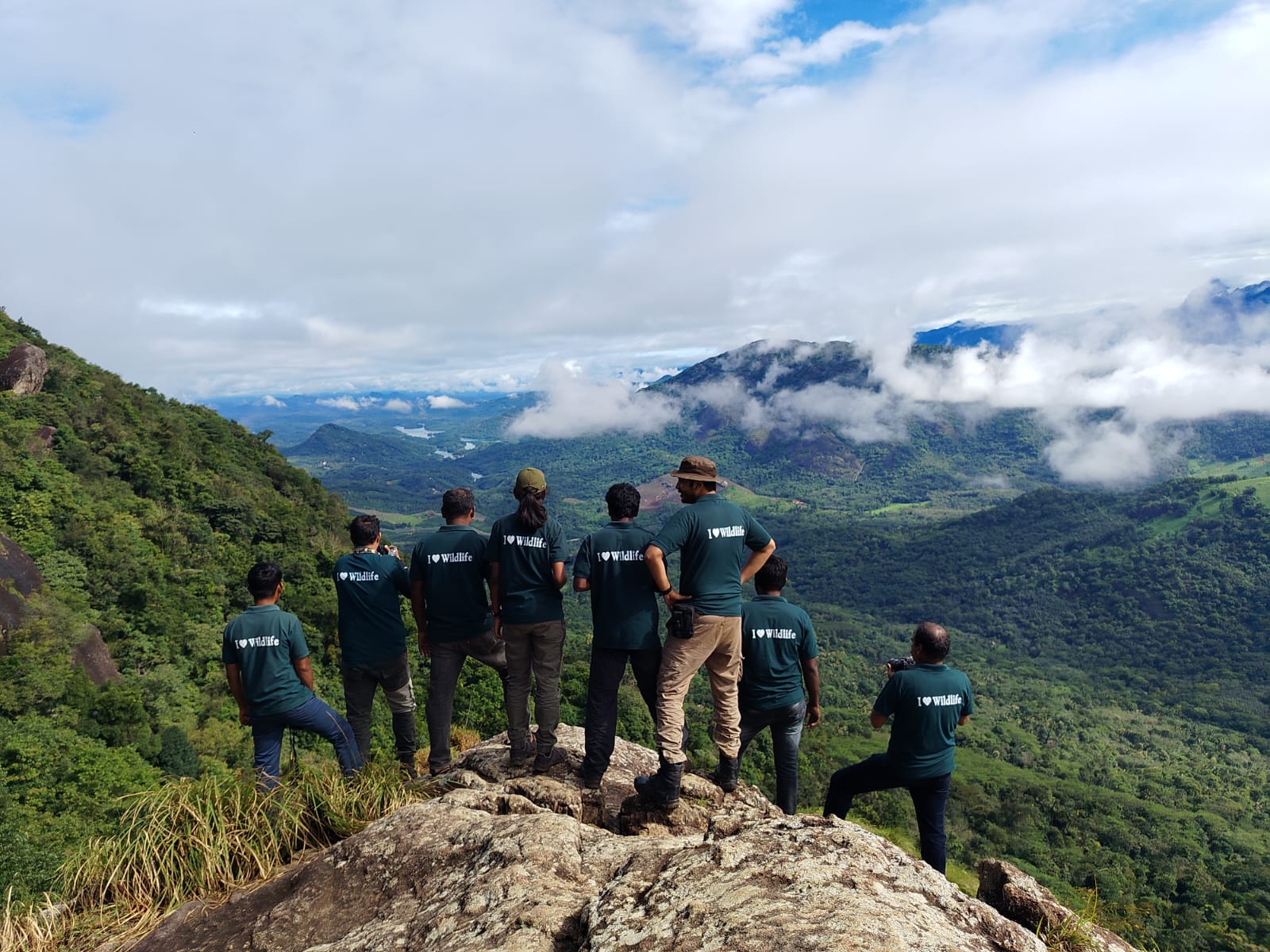
Vembannur wetland complex is the first ramsar site in the Kanniyakumari District. A Ramsar site is a wetland site designated to be of international importance under the Ramsar Convention. It provides for national action and international cooperation regarding the conservation of wetlands and wise sustainable use of their resources. Ramsar identifies wetlands of international importance, especially those providing waterfowl habitat.

As of April 2022, there are 2,437 Ramsar sites around the world. Along with the recent additions , the 10 ramsar sites in Tamil nadu are the Koonthankulam bird sanctuary, Gulf of Mannar Marine biosphere reserve, Vembannur wetland complex, Vellode bird sanctuary, Karikili bird sanctuary, Vedanthangal bird sanctuary, Udayamarthandapuram bird sanctuar, Pallikaranai Marsh Reserve Forest, Pichavaram Mangrove and Point Calimere Wildlife & bird sanctuary. The Vembannur wetland is located 8 km from Nagercoil and the area covered by this wetland is 19.7 hectare.

This wetland is a human-made irrigation tank and is home to many waterbirds. The backdrop of the wetland is a beautiful hill range in Western Ghats. The wetland is home to Pheasant-tailed Jacana, Bronze-winged Jacana, White-breasted Waterhen, Common Moorhen, Grey-headed Swamphen, Lesser whistling duck and many other waerfowls. Most of these birds do nesting in this waterbody and provides a safe haven for the chicks.

The Vembannur wetland complex is not a famous birding spot in Kanniyakumari district. Now with the ramsar site announcement, this site will be an attraction among birdwatchers. The vegetation in the waterbody includes Lotus, Water lily, Water chestnut, Water dragon, Hydrilla, Alligator weed, few water hyacinth, Water lettuce , few cattails and few grass species. These plants are good food source for the birds. The birds with large feet who can walk on the floating vegetation are finding hard to find a waterbody as most of the lakes in Tamil nadu are covered with Water hyacinth or deepened too much so that no flating vegetation can survive. A lotus covered lake may be a common sight in Kanniyakumari district but this kind of habitat is not commonly seen anywhere else in Tamil nadu.

Apart from the lotus picking activity, the wetland is not disturbed by human activities. The waterbody is surrounded by agricultural lands. While one side of the lake is just situated on the roadside, the other side is bordered by coconut farmland. Paddy fields are in the close proximity, so the wetland helps the local community in irrigation. The seeds of the paddy is feasted by the Baya weavers, White-rumped munias and Scaly-breasted munias along with the villagers. The Baya weavers are building their nests on the coconut trees. Hopefully with the inclusion of this Vembannur wetland complex in Ramsar site , eco-restoration activities will be started in this wetland soon by the appropriate authorities.

During migration season, this wetland supports migrated waterfowls. After taking actions on the removal of invasive species and thus improving the water quality, this Vembannur wetland complex should support more bird population.

